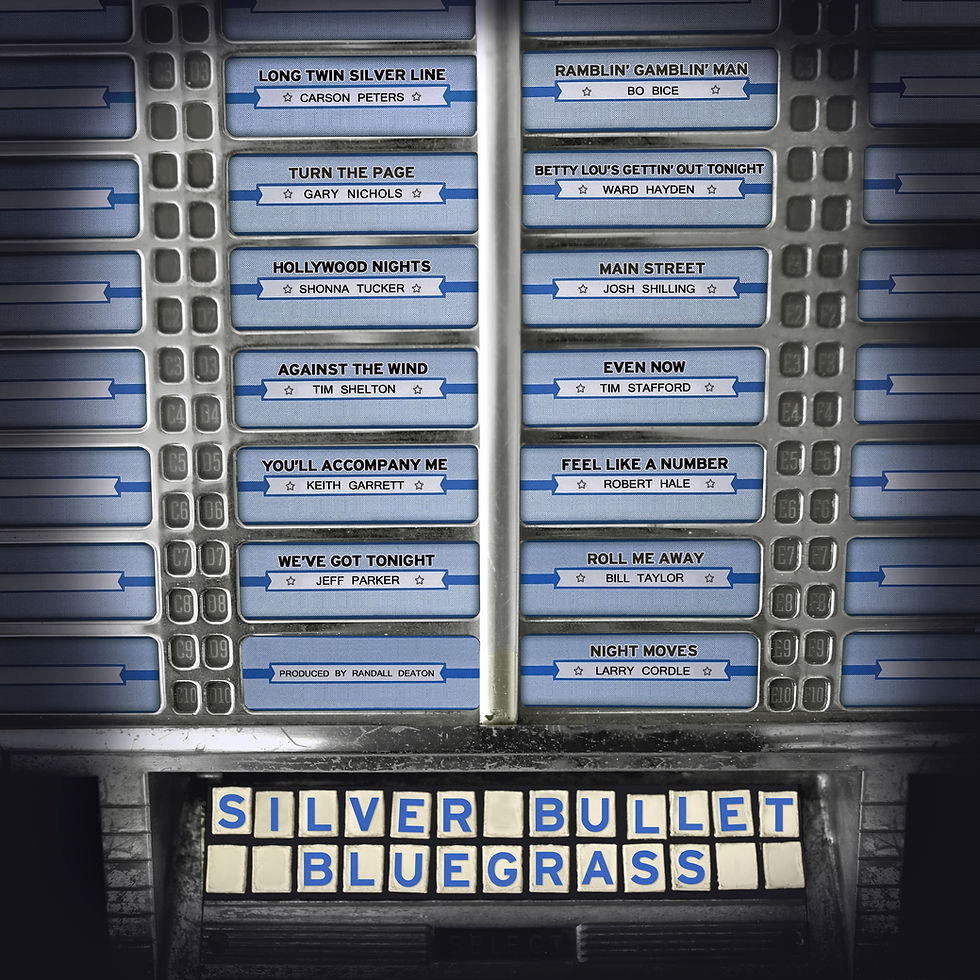Bing Futch: The Mountain Dulcimer
- Kara Martinez Bachman

- Sep 1, 2024
- 3 min read

The Mountain Dulcimer is a unique stringed instrument that reached out one day and grabbed Bing Futch’s attention when he least expected it. As a longtime teacher of this uncommon folk instrument, he strives to spread his love of music to kids and adult learners alike.
“I was working in parking control at Knott's Berry Farm theme park in southern California in 1986,” he reminisced about first becoming acquainted with the Appalachian Mountain Dulcimer. Walking through the park one day after a lunch break, he heard a musical instrument he’d never heard before. “When I walked around the corner to see the source, that's when I saw a lady playing it.”
She told him she could have him playing it after just five minutes of instruction. Coincidentally, that’s exactly how much time Futch had left of his lunch break.
“After strumming it and following her direction, I promised to return on Friday with my paycheck,” he said. “I purchased my first mountain dulcimer, a teardrop shape which I still own to this day. A month later I transferred out of parking control and into merchandise, so I could work at the dulcimer shop.” The name of that company was Cripple Creek Dulcimers.
“The mountain dulcimer is so unique, but it's diatonic, meaning that it doesn't have all the notes and chords that fully chromatic instruments do, so I was unsure what to do with it for many years,” Futch said. “I finally fully committed to it as my main instrument in 1999 when I formed the band Mohave.”
Futch said that the unique mountain instrument got him noticed. “While cutting my teeth as a performer in bars, clubs and resorts, the mountain dulcimer often bought me a second look when people walked into the place because it wasn't a guitar or something common like that,” Futch said. “So, I do think that playing the dulcimer helped me to stand out in the early years. Though there are quite a few players of the instrument out there, practically none of them are using the dulcimer as I do for writing and performance, so that has also helped me to stand out a bit from the pack.” The mountain dulcimer’s history in North America stretches back about 285 years, “and it's the only native stringed instrument created here. Settlers to this country often couldn't bring their instruments from overseas, or they got broken in transit, so the mountain dulcimer is the result of design work based on old-world instruments like the Swedish hummel, German scheitholt, Hungarian citera [zither], Norwegian langeleik, and other similar creations, but nothing like them at the same time.”
Initially, it had three strings, Futch explained, “with the frets running only under the melody string closest to the player. The other two strings served as drone harmony for the melody, and the instrument was played using a wooden dowel called a note and a plucked feather quill for strumming and picking.” The primary scale fret pattern locked the instrument into a particular tuning “and had to be re-tuned frequently to play with others in different keys.” He added that since then, more modern versions of the instrument, “including fully chromatic fretboards, have been created as its popularity increases.”
Futch began teaching the instrument at festivals in 2006 and has toured yearly.
“The folk music community is full of performances, but you're also expected to teach your craft, and some festivals feature more classroom time than stage time,” he explained.
In addition to teaching at festivals and folk music schools, the M.O.D.E. (Mastering Our Dulcimer Experience) includes four workshops and a concert. He’s on the road a lot, providing this across the country. He also created his line of instructional books.
“I've got a number of instructional books on mountain dulcimer, including ones focused on blues music and jam tunes with backing tracks to teach folks how to play with a band,” he said.
Futch also presents “educational and inspirational programs” in schools, libraries, churches, and for non-profit organizations such as Head Start, Boys and Girls Clubs of America, and Children's Miracle Network.
Futch recently made his entire back catalog of streaming and downloadable lessons available for a small fee on the online platform Patreon. He adds new content weekly. For more information on Bing Futch and getting started with the Appalachian Mountain Dulcimer, visit Patreon.com/BingFutch.





Comments